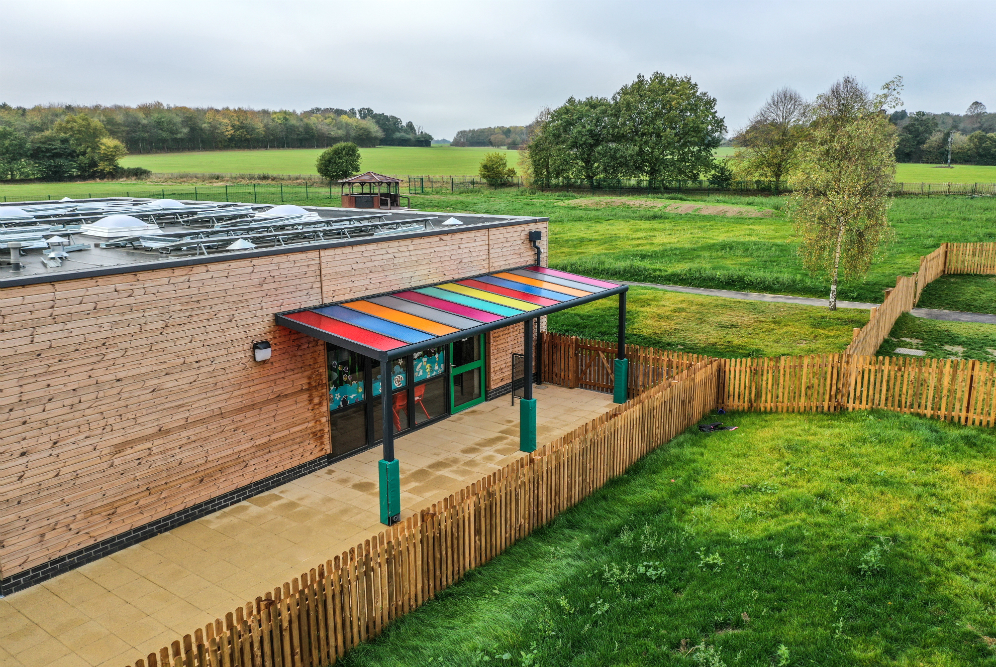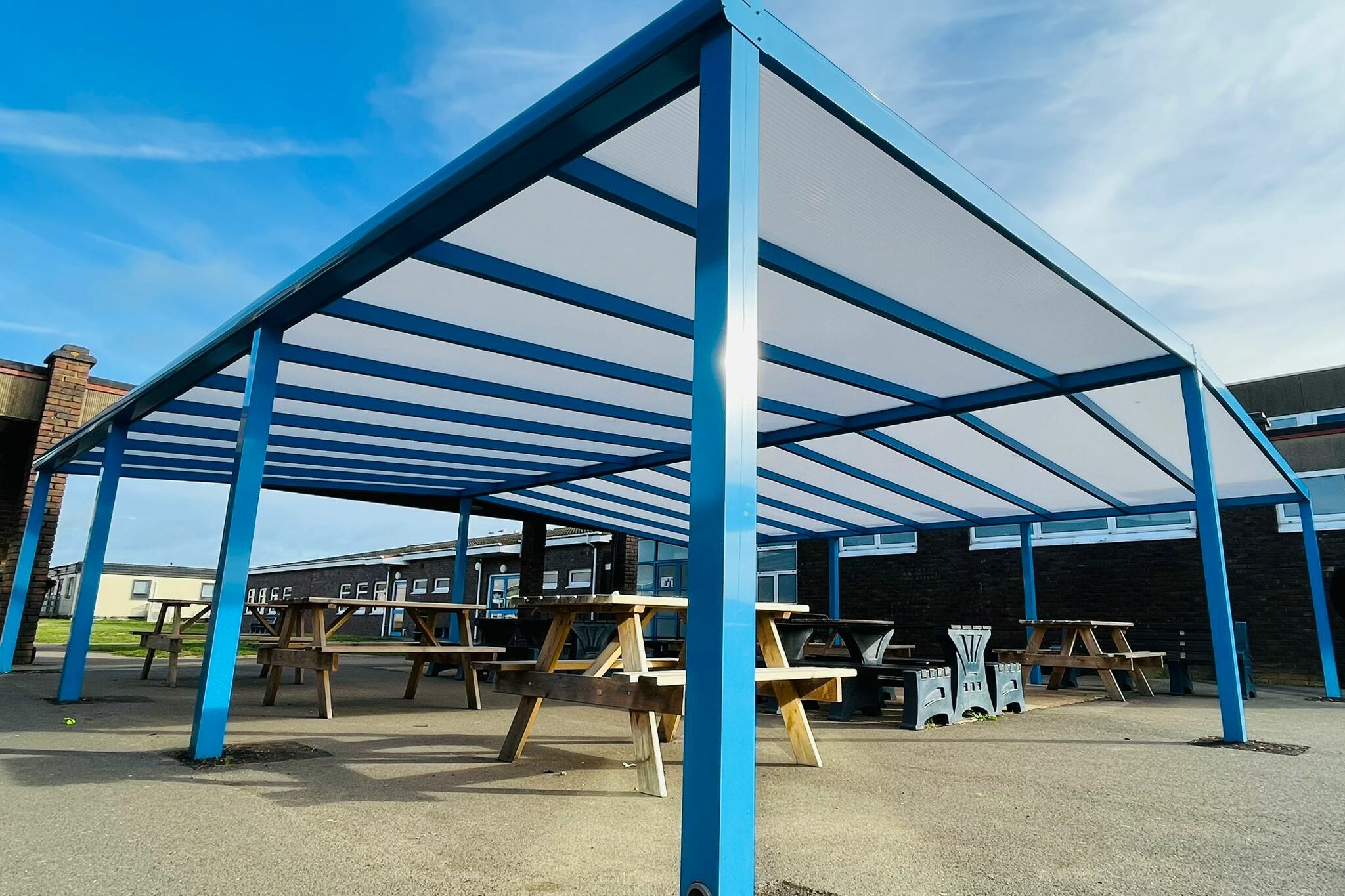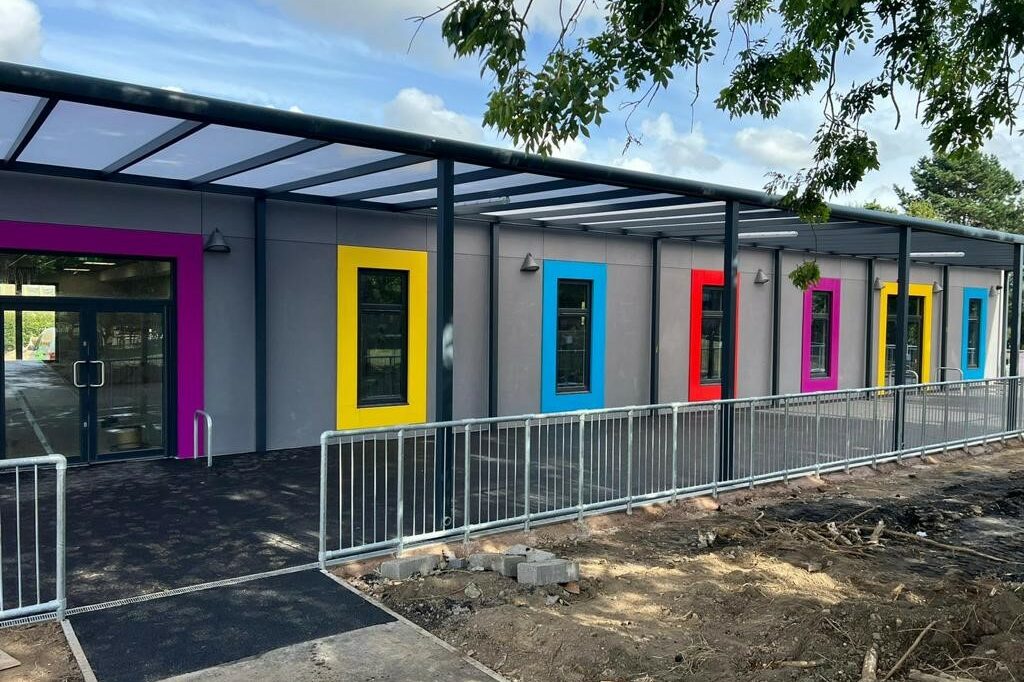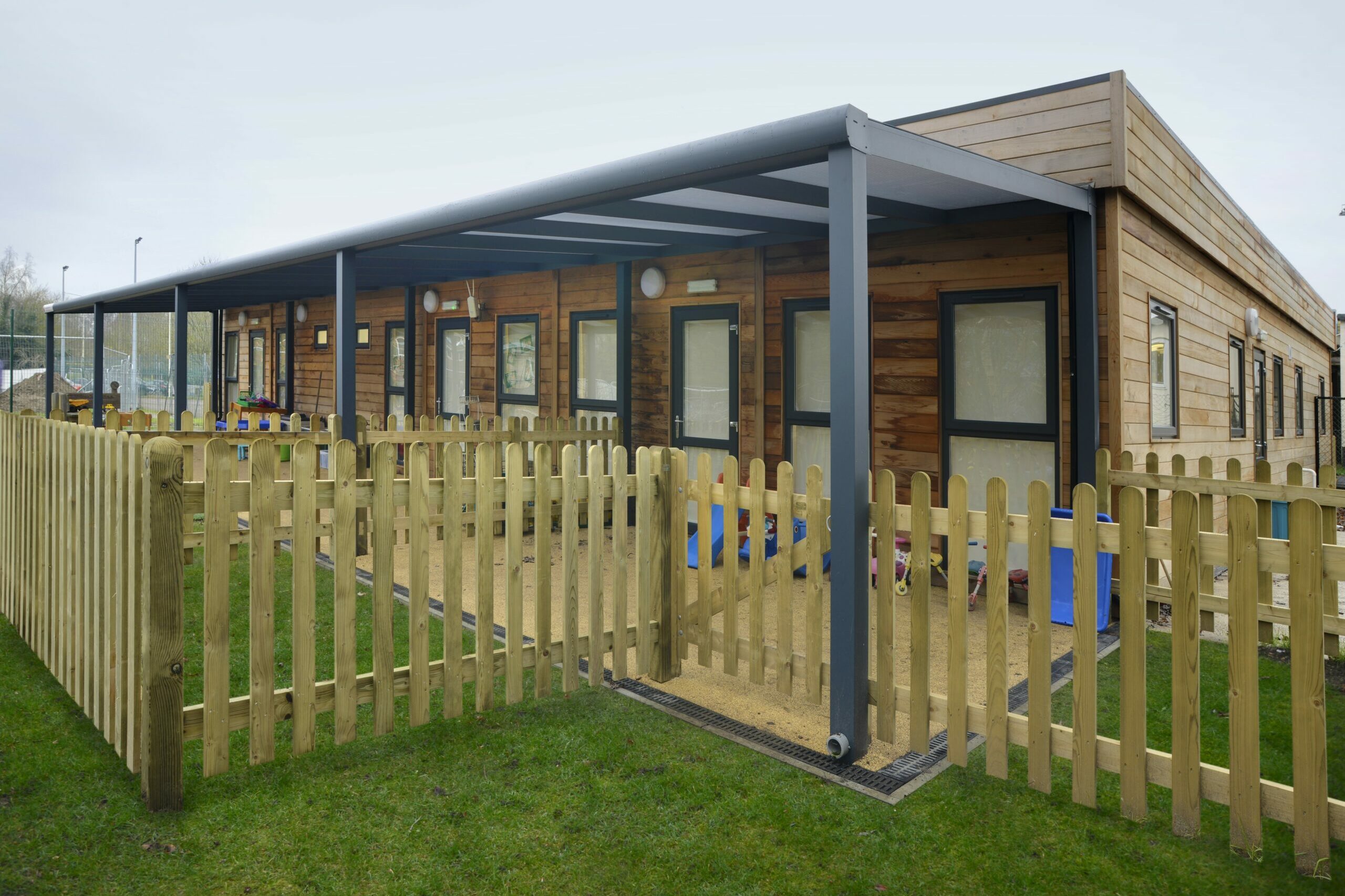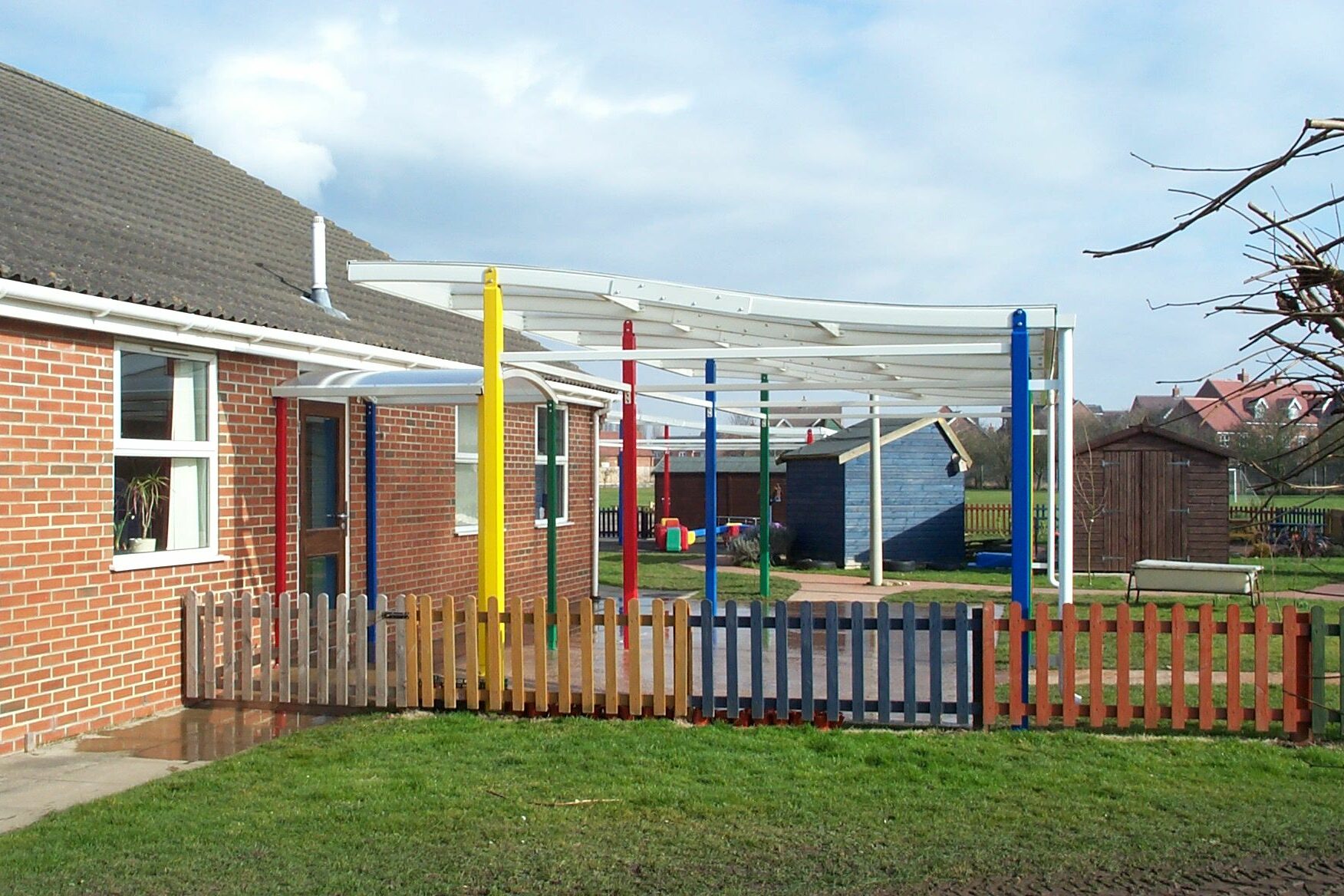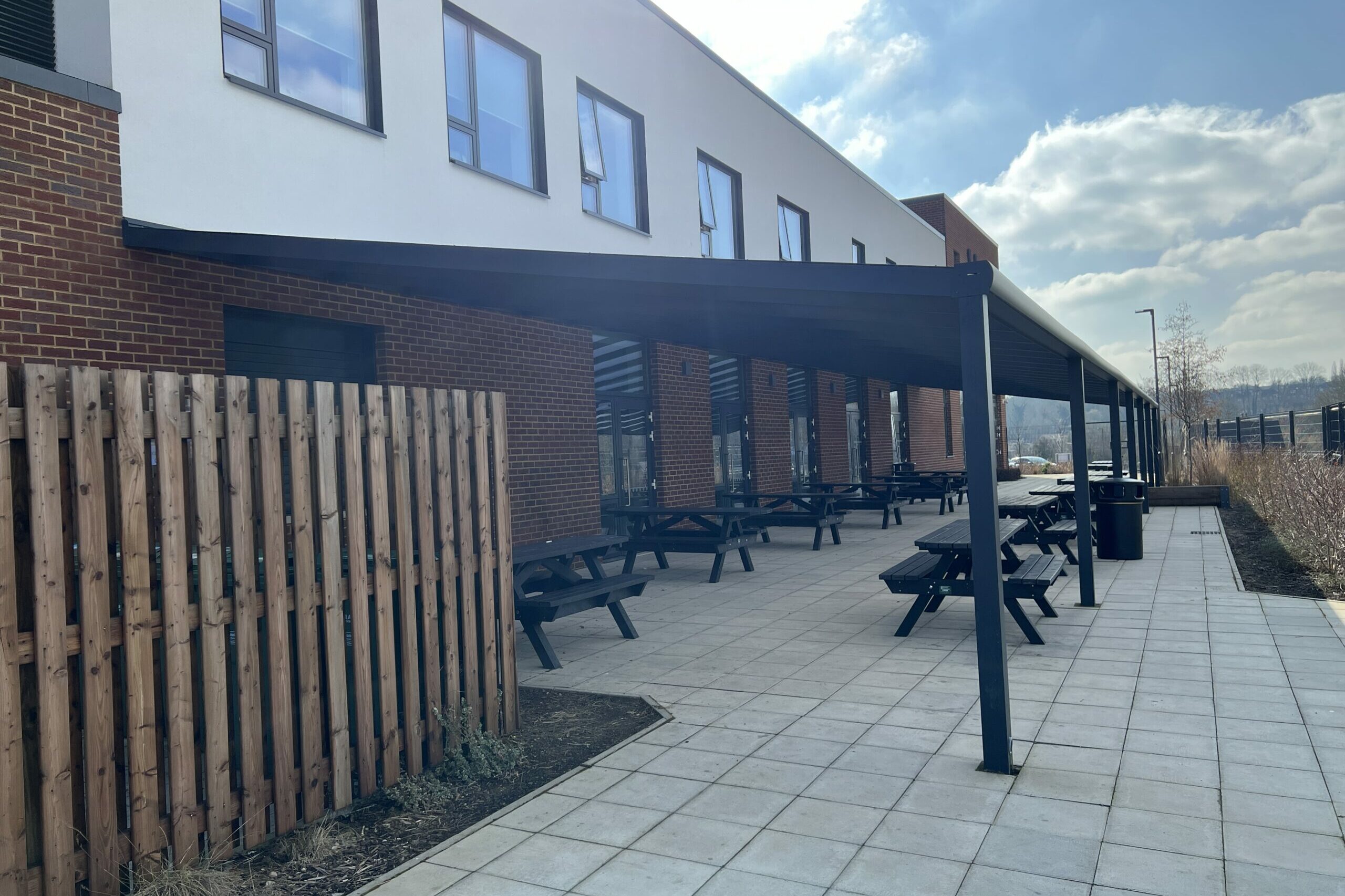
The benefits of a lean-to canopy compared to a free-standing canopy
When it comes to deciding which canopy best suits your outside space, it’s likely the debate is between a lean-to and a free-standing canopy.
Traditionally the free-standing canopy has been the most popular option. And whilst it does have it’s benefits, we’ve taken a look at the number of advantages a lean-to can provide, if it is accommodated in the design.
Lean-to canopies are an excellent weatherproof option all year round
As the structure is fixed directly to an outside wall, a lean-to has the edge on free-standing canopies when it comes to protection from the weather.
The direct fixing means a seal can easily be formed between the wall and canopy, ensuring it can withstand even the harshest weather during winter months.
A free-standing canopy however, will require a folded aluminium flashing to bridge the gap between the wall and canopy, which can be more vulnerable to the elements.
While both options provide excellent protection in the summer, the lean-to’s direct fixing arguably has the edge over controlling glare into a classroom, for example.
That said, if installed close to the wall, a free-standing canopy will still do a very good job. And with the UK experiencing the effects of climate change during the extreme temperatures last summer, ensuring your canopy provides glare control and UV protection is crucial.
The lean-to is arguably the more aesthetically pleasing option due to the fact it can be fitted on to outer wall directly, which gives the canopy a smarter finish.
No need for additional foundations
Lean-to canopies do not require any new foundations to be built adjacent from the building, so there is no additional risk to the structural integrity of the building.
No conflict between canopy posts and doors
The rear posts of free-standing canopies invariably conflict with opening doors and windows, which is less than ideal in high traffic areas like walkways.
Lean-to canopies meanwhile don’t have this issue, and work incredibly well with both open and closed doors.
Time and money
Finally, and perhaps most importantly for a tight budget, lean-to canopies are a much cheaper and less time-consuming option than free-standing.
They require half the number of posts and, as mentioned previously, do not require additional foundations.
Furthermore, the aluminium flashing needed for free-standing adds extra cost to the project, increases the installation time and in most cases, does very little to improve the aesthetics of the space.
Therefore there is a significant difference in the amount of material, groundwork and labour needed when comparing the two, highlighting how a lean-to canopy is worth exploring on your next project.
If you’d like to discuss a lean-to or free-standing canopy installation for your outside space, contact us here and one of our expert team will assist you.
